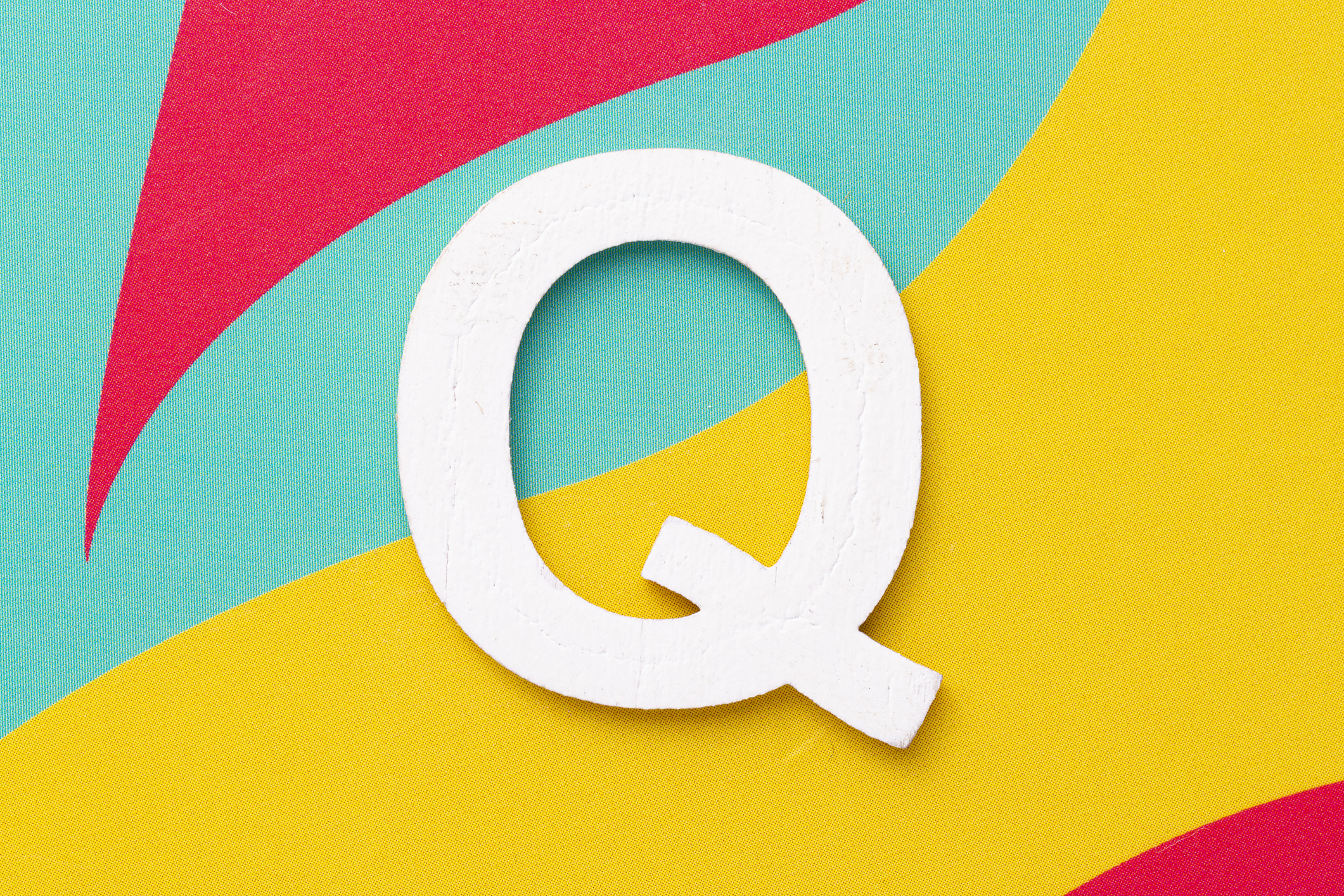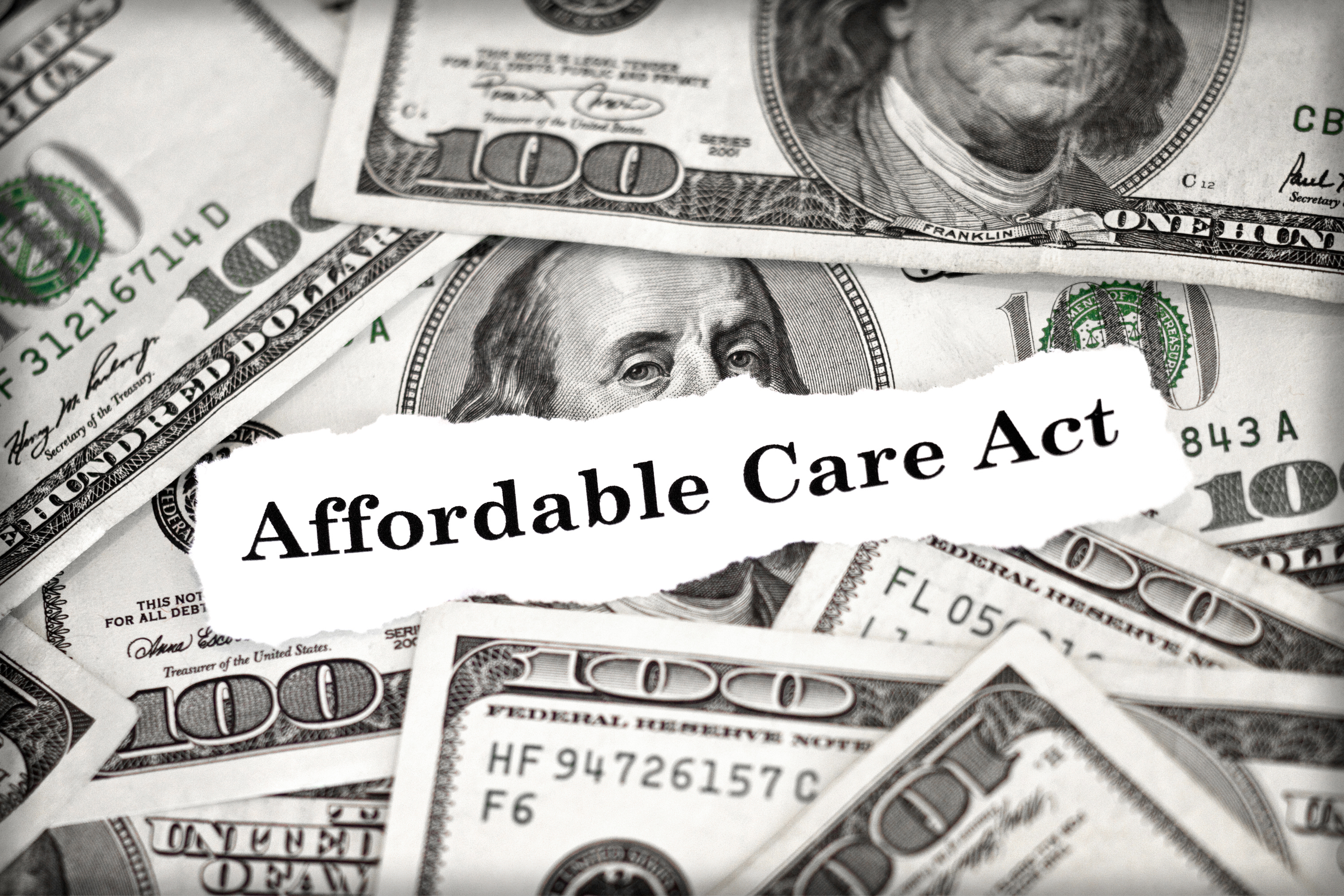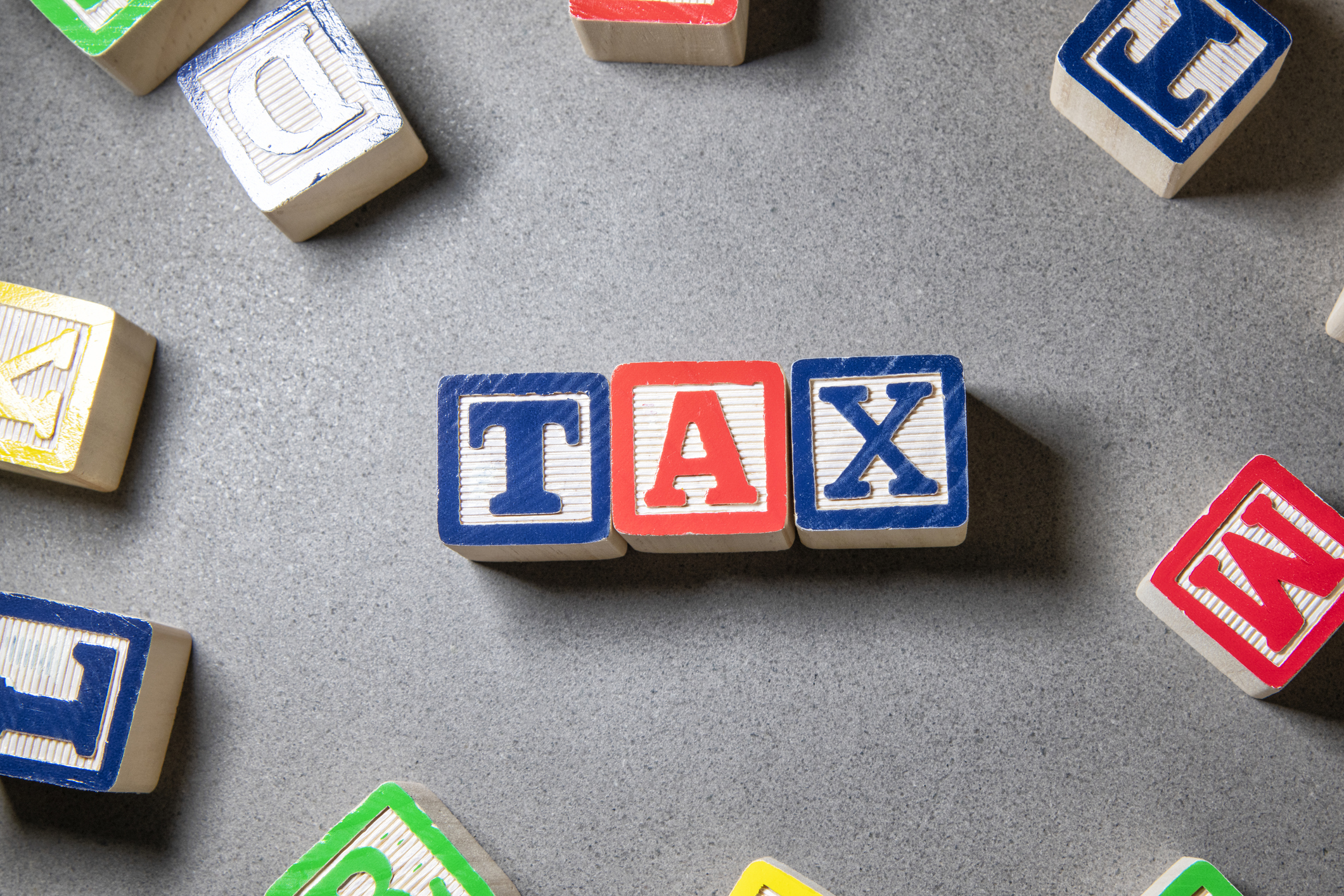New Rules for Tax-Free Spending From Your 529 College-Savings Plan
Computers not specifically required for attendance are back on the list, as well as printers and the cost of Internet access.

I hear there are new rules about using 529 money tax-free for computers. What are the rules, and what other expenses are fair game for using 529 money tax-free? What records do I need to keep?
Congress recently passed legislation that permits the tax-free use of 529 money for computers – both retroactively for 2015 and permanently for future years (see 12 Valuable Tax Breaks Congress Brought Back to Life). A computer had been an eligible expense for tax-free withdrawals from a 529 in 2009 and 2010, but for the past few years it was eligible for tax-free withdrawals only if the computer was required by the college for attendance. Now you can take tax-free withdrawals for a computer, printer, scanner and other peripheral equipment, education-related software (not games) and the cost of Internet access – whether or not it is required by the school. The college student must be the primary user of the computer and equipment.
You can also use 529 money tax-free for college tuition, room and board, fees and required books. "Most of the expenses related to taking classes count, but you can’t use it for transportation," says Mary Morris, chairman of the College Savings Foundation and CEO of the Virginia 529 College Savings Plan.

Sign up for Kiplinger’s Free E-Newsletters
Profit and prosper with the best of expert advice on investing, taxes, retirement, personal finance and more - straight to your e-mail.
Profit and prosper with the best of expert advice - straight to your e-mail.
You can even use 529 money tax-free for room and board if you live off-campus, as long as you're attending college at least half-time. Your actual expenses count, up to the amount the college specifies as the room and board figure in its cost of attendance for federal financial aid purposes (the cost is usually listed on the college's Web site, or ask the financial aid office).
You don't need to provide special documentation to your college savings plan administrator to withdraw money, but you do need to keep records of your expenses or the date and price of the purchases in your tax files. "If you're audited, you need to be able to establish that the 529 withdrawal was for qualified higher education expenses and that you have the records to match up with that," says Morris.
In years you make 529 withdrawals, you'll get a 1099-Q tax form from the plan administrator, usually by January 31 of the following year (although some may be delayed by a few weeks this year because of a technical change in how administrators report withdrawals, which was also included in the law signed in December). If the withdrawals were for eligible expenses, you don't need to do anything when you file your taxes – just keep the 1099-Q form and your receipts in your tax records. But if you use 529 money for any ineligible expenses, you'll have to pay taxes and a 10% penalty on the earnings withdrawn. The 1099-Q will specify which portion of the withdrawal is considered principal and which is earnings.
Get Kiplinger Today newsletter — free
Profit and prosper with the best of Kiplinger's advice on investing, taxes, retirement, personal finance and much more. Delivered daily. Enter your email in the box and click Sign Me Up.

As the "Ask Kim" columnist for Kiplinger's Personal Finance, Lankford receives hundreds of personal finance questions from readers every month. She is the author of Rescue Your Financial Life (McGraw-Hill, 2003), The Insurance Maze: How You Can Save Money on Insurance -- and Still Get the Coverage You Need (Kaplan, 2006), Kiplinger's Ask Kim for Money Smart Solutions (Kaplan, 2007) and The Kiplinger/BBB Personal Finance Guide for Military Families. She is frequently featured as a financial expert on television and radio, including NBC's Today Show, CNN, CNBC and National Public Radio.
-
 In Trump’s Economy Should 401(k) Savers 'Set It and Forget It?'
In Trump’s Economy Should 401(k) Savers 'Set It and Forget It?'It’s hard to bury your head in the sand when the markets are volatile. Here’s when it makes sense and when it doesn’t.
By Donna Fuscaldo
-
 Ten Cheapest Places To Live in Florida
Ten Cheapest Places To Live in FloridaProperty Tax Make your Florida vacation spot daily living — these counties have the lowest property tax bills in the state.
By Kate Schubel
-
 Trump’s Tax Cut Risks Your SNAP, Medicaid Benefits
Trump’s Tax Cut Risks Your SNAP, Medicaid BenefitsTax Cuts The GOP budget blueprint could slash lifesaving programs for millions of U.S. households.
By Gabriella Cruz-Martínez
-
 Tax Day 2025: Don’t Miss These Freebies, Food Deals and Discounts
Tax Day 2025: Don’t Miss These Freebies, Food Deals and DiscountsTax Day You can score some sweet deals on April 15 in some select restaurants like Burger King, Shake Shack, and more.
By Gabriella Cruz-Martínez
-
 What Is a Qualified Charitable Distribution (QCD)?
What Is a Qualified Charitable Distribution (QCD)?Tax Breaks A QCD can lower your tax bill while meeting your charitable giving goals in retirement. Here’s how.
By Kate Schubel
-
 Five Tax-Savvy Ways To Donate This Holiday Season
Five Tax-Savvy Ways To Donate This Holiday SeasonCharitable Donations Food pantries, toy drives, and animal sanctuaries are popular ways to support others year-round.
By Gabriella Cruz-Martínez
-
 2025 Open Enrollment: Some DACA Recipients Can Purchase Affordable Care Act Health Insurance
2025 Open Enrollment: Some DACA Recipients Can Purchase Affordable Care Act Health InsuranceOpen Enrollment Your eligibility to purchase health insurance from the federal marketplace may have changed. Here's what you need to know.
By Gabriella Cruz-Martínez
-
 2025 Family Tax Credits: Four IRS Changes That Can Save You Money
2025 Family Tax Credits: Four IRS Changes That Can Save You MoneyFamily Tax Credits Explore the new IRS-adjusted amounts for popular family tax credits.
By Gabriella Cruz-Martínez
-
 Will EVs Drive the Vote in Election 2024 Swing States?
Will EVs Drive the Vote in Election 2024 Swing States?Tax Credits Electric vehicle tax credits have somehow become controversial. So car buyer attitudes in swing states might make a difference.
By Kate Schubel
-
 Three 'Hidden Costs' of Health Savings Accounts (HSAs)
Three 'Hidden Costs' of Health Savings Accounts (HSAs)Health Savings HSAs offer valuable tax benefits, but can 'hidden costs' erode those advantages?
By Kelley R. Taylor